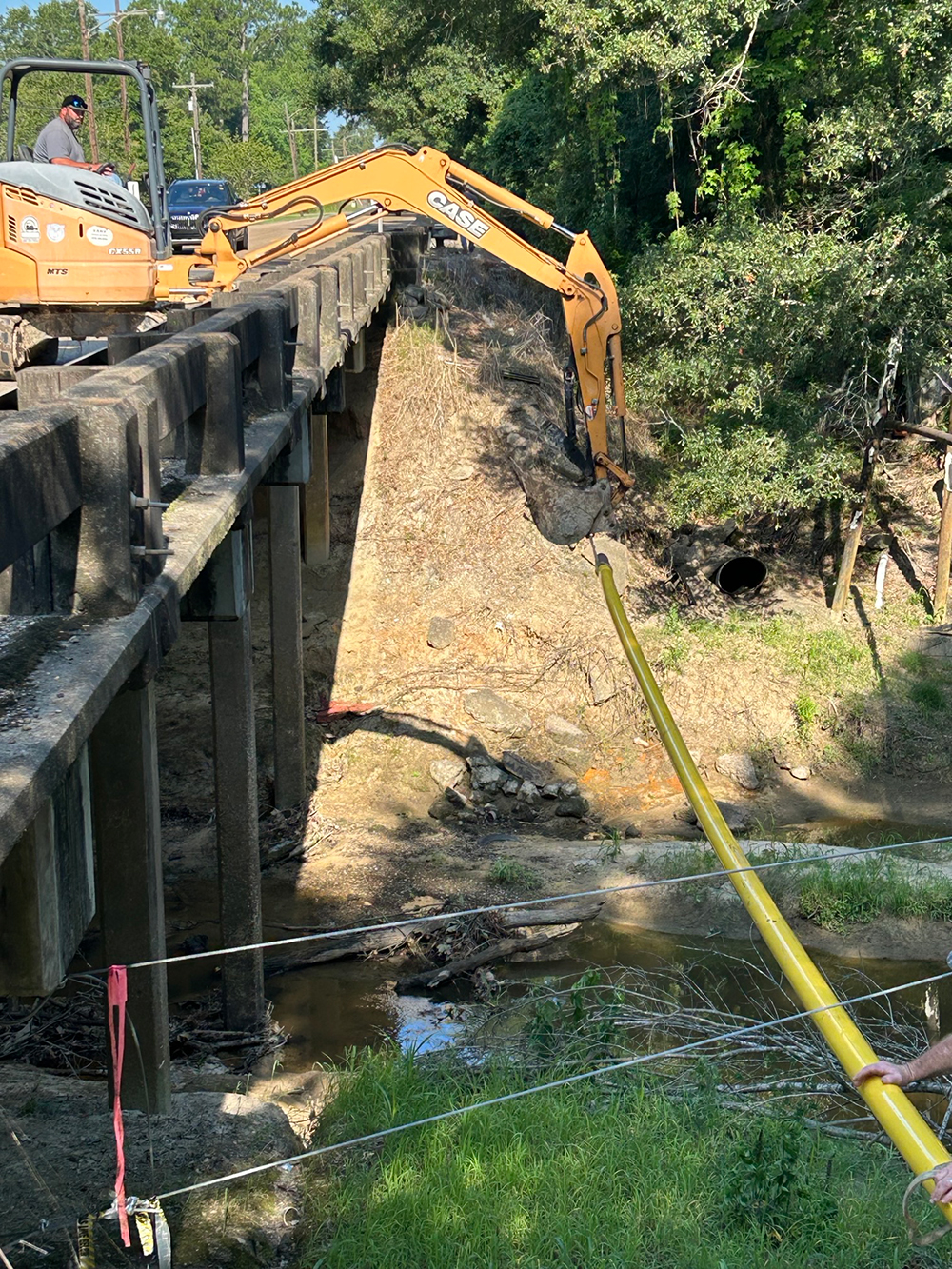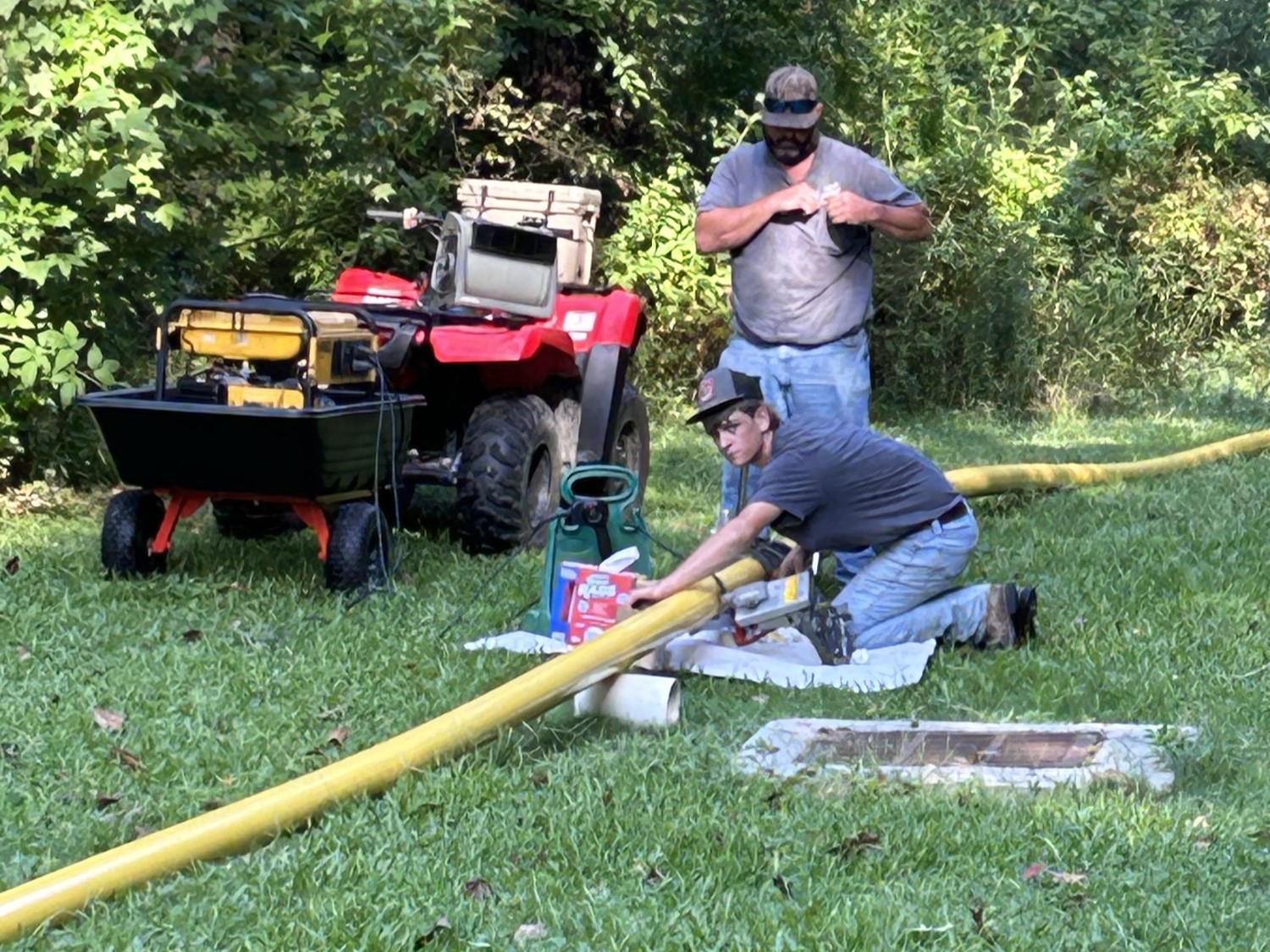December 2024, Vol. 251, No. 12
Features
Zoo Zaps Gas Line Woes Using Plastic Pipe
Special to Pipeline & Gas Journal
(P&GJ) — The latest renovation at the Baton Rouge Zoo included an important one that visitors will never see. Buried under the canal at the entrance is a new natural gas supply pipeline that will also protect the zoo and the more than 200,000 annual visitors.

Opened in 1970, the 103-acre Baton Rouge Zoo is located 15 minutes north of downtown and has more than 800 animals from around the world. A recently completed, three-year, $50 million project revitalized the zoo and also added seven animal exhibits plus 12 buildings.
Part of the upgrade was the replacement of the badly corroded steel gas pipeline. Instead of using the same traditional material, the Gas Utilities District No. 1 used 1,000 feet of 4-inch diameter, SDR11, PA12 pipe.
This high-performance thermoplastic polyamide pipe would be able to handle a MAOP of up to 250 psi. Because of its strength and flexibility, the pipe was able to be installed underground using horizontal directional drilling (HDD), which reduced costs and enhanced safety, both during installation and operation.
The Gas Utilities District crew fused the pipe together with equipment and other tools they were already using for other polyethylene pipe installations for its nearly 4,000 customers.
The PA12 material was produced by Evonik Industries (Essen, Germany), and the pipe extruded by Teel Plastics (Baraboo, Wisconsin).

The undertaking was named Project of the Year by the Energy Piping Systems Division of the Plastics Pipe Institute, Inc. (PPI), the major North American trade association representing the plastics pipe industry.
Each year the association’s membership reviews and votes on Project of the Year for each of the five Plastic Pipe Institute (PPI) divisions – Building & Construction, Drainage, Energy Piping Systems, Municipal & Industrial, and Power & Communications. Both companies involved in the project are members of PPI.
According to Thomas Smith, operations manager, East Baton Rouge Parish Gas Utilities District #1, “We chose PA12 for multiple reasons. Its 250 psi rating and the fact that we didn’t have to use cathodic protection were the main reasons. And the cost and time savings using PA12 verses steel was incredible. We cut the welding time down by more than half and we didn’t have to work in the roadway or need to impede traffic.”
The pipe would also have to withstand temperatures going from as high as 116 degrees during the day to below 65 degrees at night.
“For many years, steel was the only material available for gas distribution lines for pressures ranging between 125-250 psi,” explained Randy Knapp, engineering director of the Energy Piping Systems Division of PPI. “PA12 is part of the Code of Federal Regulations for regulated gas applications. We developed a document,TR-50, specific to fusion of PA12 pipe and fittings based on a comprehensive testing program. The generic procedure developed is very closely aligned with polyethylene pipe but with slightly higher heater surface temperatures and provides details highlighting the different visual appearance of PA12 fusion beads.”
Two separate testing programs were executed: one at the Gas Technology Institute in the United States and a second program at Sueddeutsches Kunststoff Zentrum (SKZ) Welding Institute in Germany industry.





Comments